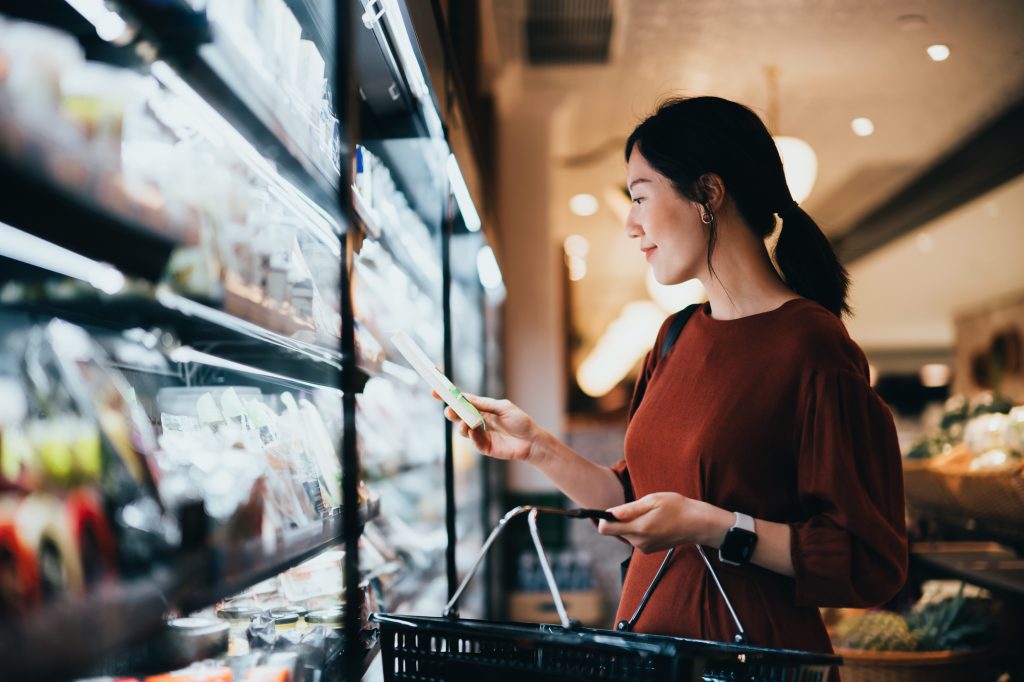Preemptive panic buying: A sense of déjà vu
The day before the tariffs were announced, my husband and I were scouring online to see if there was any baby gear we should buy before prices surged. We made a list of items with a stable shelf life from our local Chinese grocery store, hearing about a 145% tariff on Chinese goods. We even had a serious conversation about whether to invest in a new TV before electronics became significantly more expensive. Ah, the joys of preemptive panic buying.
This situation gave me a sense of déjà vu. I lived in Russia during the 2015 Ruble collapse and vividly remember the panic buying that ensued as the ruble’s value plummeted. People were witnessing their savings diminish daily, leading to a rush to spend their rubles before they lost even more value. Electronics stores were emptied within weeks, and the wealthy were snapping up premium cars, jewelry, and watches.
Stay ahead on all things tariffs
With a new U.S. administration acting quickly on proposed tariffs, it’s critical to stay vigilant on the consumer reaction to these disruptions.
Consumers adapt to skyrocketing costs
Working in a market research company, I closely monitored the skyrocketing sales of high-end products, followed by a market plummet. Russians had to adapt their behavior. They started exploring more affordable ski resorts in neighboring Georgia and Armenia instead of Switzerland or Austria, which became out of reach for many.
In response to sanctions, Russia banned the import of agricultural products from the EU, including cheese. I remember my frustration when I couldn’t find French gruyere in stores, thinking, “What did I do to deserve this?!”
Since moving to the US in 2018, I never had to worry about the local currency losing its value. Even with recent high inflation, I reassured myself that it could never get “as bad.” Yet, here I was, doing exactly what many Russians did in 2015, and my confidence wavered.
While Western brands became unaffordable for many in Russia, Chinese brands expanded rapidly across various industries. I started thinking through the alternative options in the US as prices will most likely go up significantly on familiar brands and products. However, with tariffs potentially applied so widely, our choices might be limited.
Big ticket purchases pushed forward
It’s easy to assume that tariffs only affect products from abroad, but in a globalized economy, even the packaging of a ‘Made in USA’ soap may come from overseas. Nearly 60% of goods sold in the US are either imported or built with imported components—a reminder that tariffs ripple across entire supply chains. As someone working in a global market research company, I had visibility into similar situations in Japan when they raised their VAT in 2019, and in Argentina during rapid peso devaluation. We often see a short-term spike in demand followed by a deep decline, stabilization, and slow recovery. Humans adapt quickly, and prices rarely go back down once they reach a certain level, becoming the new normal.
Even in the early stages, we’re seeing behavioral shifts—consumers pulling forward big-ticket purchases like cars, anticipating price hikes.
Russian-made gruyere was never as good but cost almost as much as the French version. Consumers ended up paying the same amount for worse quality or much more for the same product. None of these scenarios are favorable for everyday consumers.
Consumer Tariff Sentiment
In 2015, consumer surveys in Russia revealed that many people didn’t think foreign exchange rates impacted their lives, saying, “We don’t travel abroad,” not fully realizing the car they were driving would become a lot more expensive to repair as parts were imported from abroad. At NIQ, we’re watching this sentiment translate into consumer behavior. Recently, we started a Tariff Sentiment survey in the US, and nearly one-third of respondents believe tariffs are beneficial, while another third is unsure about their impact.
From Moscow to Manhattan: Consumers continue to Adapt
One of the most common consumer strategies to offset increased costs is to reduce restaurant spending. We’ll continue our surveys to see how consumers change their behavior, leveraging our expansive consumer panels to measure real changes in purchasing behavior versus stated intentions.
While we all believe we can cut back on eating out, the temptation of food delivery after a tiring workday remains strong. Maybe we’ll start meal prepping more on weekends, but even that may become more costly with 40-60% of fruits and vegetables being imported to the US.
Currently the US relies on tomatoes from Mexico, mushrooms from Canada, and shrimp from India. Meat lovers may need to scale back on beef from Australia or Brazil. It’s a domino effect, and every ingredient tells a story of global trade. Hopefully our kitchen appliances can hold out through these uncertain times, since nearly all of those are made in China.
From Moscow to Manhattan, I’ve seen how fast things can change—and how resilient, creative, and surprisingly adaptable consumers can be when faced with uncertainty.




